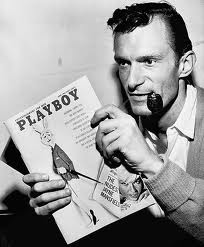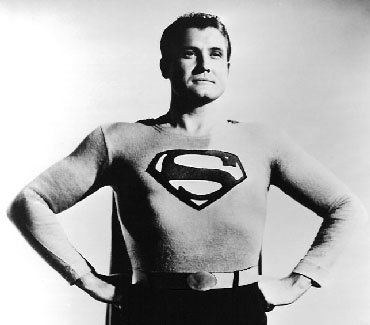Bring on the Muscle Men Part II
By Oscar Williams-Smith
Sword
and Sandal movies were a hit in the late 1950's and early 1960's. The
times were changing. The Baby Boom generation was growing up. The
Baby Boomers were the Generation born starting nine months after the
end of World War II. The post–World War II baby boom took place
between the years 1946 and 1964. It was a huge jump in population the
effected books and movies and television programs of the days. Most
of the top selling Children’s books of last century, Dr Seuss etc
were written in the early 1950's while the Boomers were still young.
By the late 1950's the Boomers were old enough to go to the movies on
their own. These young Boomers were the fans that made 'Hercules' a
success in 1957.
The Heroes Named Reeve/s
Steve
Reeves (January 21, 1926 – May 1, 2000) was the man born to play
Hercules strong and handsome he looked like one of the stone carvings
of Hercules by Michelangelo. By strange coincidence a modern version
of the amazingly strong and almost completely invulnerable mythical
hero was also played by a man named Reeves in the 1950's.
George
Reeves (January 5, 1914 – June 16, 1959) starred in the TV series
"The Adventures of Superman" which aired from September 19,
1952 until April 28, 1958. Even more ironically and actor named
Christopher "Reeve" (September 25, 1952 – October 10,
2004) would revive the role of Superman for 1978 movie "Superman"
(but more on him later.)
Although
Superman is often described as the modern retailing of the Hercules
myth, Superman’s full bodysuit is a far cry from Hercules’s
peplum. George Reeves as Superman wore a thick padded wool bodysuit
costume weighing over 40 pounds. Muscles were added under the
costume, however George soon developed an allergy too the early form
of latex which was used to pad his chest and shoulders. So in some
episodes the padding is missing.
The
think wool Superman costume of the 1950’s unlike the modern body
hugging spandex movie superhero costumes was as much to protect the
virtues of the prudish 1950's audiences as it was to show off
Superman's form. Superman’s red trunks and belt were worn high like
the men's swimsuits of the day to cover the navel. (The navel was
part of the human anatomy that would remain covered, especially on
women in film and TV until the late 1960's.)
Superman's
costume, which was originally designed 1938 by cartoonist Jerry
Siegel and Joe Shuster, and was based on the style of bodysuits worn
by circus strong men and acrobats of the day. These athletic
performers were forced, by religious groups and community
organizations, to hide their well developed bodies from the eyes of
the excitable public. These bodysuits were designed to be tight
fitting, but not too tight, just enough to show off the human body
but not enough to get anyone hot and bothered.
One
circus troop was arrested by police in a small town in the Bible belt
when it was noted that the bodysuits they were legally required to
wear were the same color as human skin. Gasp, Shock, Horror!
Sex
and Science in the 1950's
But
attitudes about the human body began to change in the 1950's. In 1948
Professor Alfred Kinsey (June 23, 1894 – August 25, 1956) released
a book called 'Sexual Behavior in the Human Male' followed by a
second book 'Sexual Behavior in the Human Female' in 1953. Nicknamed
collectively as "The Kinsey Report," and sold in some book
stores, suddenly sex was no longer a taboo subject; it was "slowly"
becoming an accepted subject of conversation. Suddenly the
superstition around sex was being lifted and replaced by
understanding.
But
sex still had very real life altering (and life creating)
consequences. Then in 1955 this too changed when Dr. Gregory Goodwin
Pincus (April 9, 1903 – August 22, 1967) began the first test trail
on the “combined oral contraceptive pill”. Know as the “pill”,
it was a complete game changer. Suddenly sex was no longer to be
feared for its life altering consequences!
It should also be
pointed out in the midst of this turbulent decade Hugh Hefner (born
April 9, 1926) published the first issue of "Playboy" in
1953. With this magazine Hefner started a lifelong crusade for the
open acceptance of sex.
Note: If you enjoyed this article, please check out Oscar's group on Facebook:



The Adamantium Age of Comics
Larger Than Life Living in the World Today
(c) 1975-2017 Hercules Invictus
